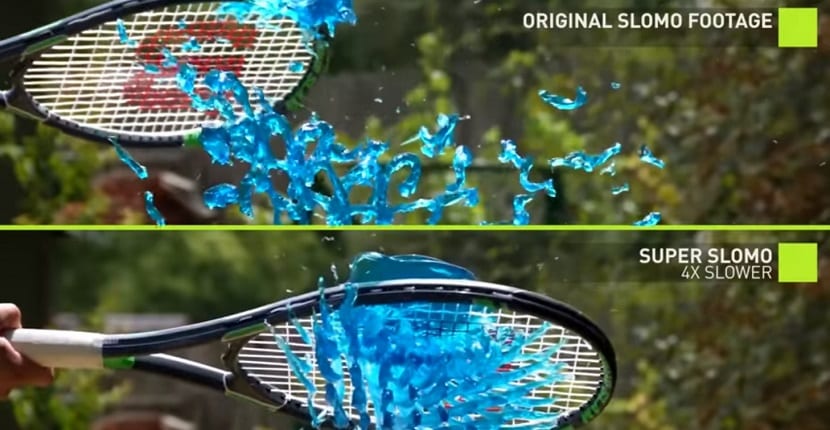
Although for many users the truth is that the possibility of recording any type of sequence in Slow Motion It is something that they have neither used nor will they use more than once or twice in their entire life, the truth is that, out of nowhere, it has become one of the options installed by default in practically all high-end smartphones that today are present in the market and even in those that are yet to come.
Despite the fact that this technology is, the less striking and there are many users who are literally in love with its possibilities, the truth is that, like almost everything in life, it also has a negative side. In this case we have to focus almost exclusively on the storage needs of any of these videos, which can be very high as well as the resources necessary for it to reproduce, something that finally limits the implementation of the same, as we said, to terminals of the highest ranges of any manufacturer.
Any current high-end smartphone can create and play Slow Motion videos
To ensure that anyone can reproduce any video in Slow Motion, whether or not it has been recorded in order to offer the necessary resources for its reproduction, today we find a novelty of Nvidia that will surely be liked by many since its engineers have managed to develop nothing less than a new artificial intelligence platform that, according to the first evidence presented, would allow any type of video to be played in Slow Motion, both those hosted in a terminal and those that we can see online on streaming platforms such as YouTube.
Going into a little more detail, as announced by Nvidia, it seems that this novel algorithm has been developed to slow down the images after being recorded. The difference between the platform developed and presented by the prestigious company and the rest of the technologies that exist in the market is that, instead of stretching the frames, something that makes the resulting images look very bad, the artificial intelligence of Nvidia creates frames that are inserted into these spaces out of nowhere.
A convolutional neural network is enough to watch any video in Slow Motion
At the software level, Nvidia engineers have decided that the best option to create a platform with this functionality is to bet on creating a convolutional neural network capable of estimating the optical flow, the movement pattern of objects, surfaces and even the edges of the scene in question. Thanks to all this, the necessary frames can be created so that, when the moment comes, we can see scenes reproduced both forwards and backwards between the two input frames.
Within all this impressive work there is even room to get the platform to be able to predict how the pixels will move from a current four to the next frame, for this a two-dimensional motion vector has been created that is capable of predicting and merge to approximate a flow field to the intermediate frame. After all this work, a second convolutional neural network is in charge of interpolating the optical flow and take care of refining the approximate flow field to predict visibility maps and exclude pixels occluded by objects in the frame.
Although this technology is more than interesting, especially if we take into account the striking results presented by the leaders of Nvidia, the truth is that it is not expected that it can be commercialized for quite some time. The main problem is that the artificial intelligence platform created by Nvidia is not fully optimized and the fact of implementing an application that can be executed in real time is still a challenge for the engineers involved in the development of this project.